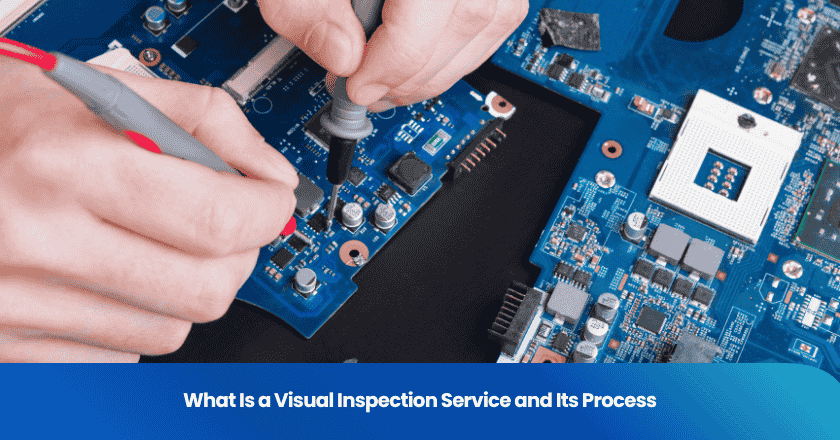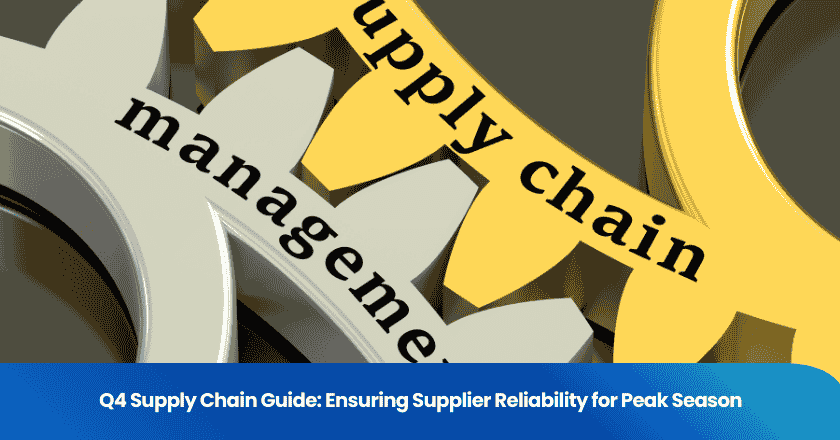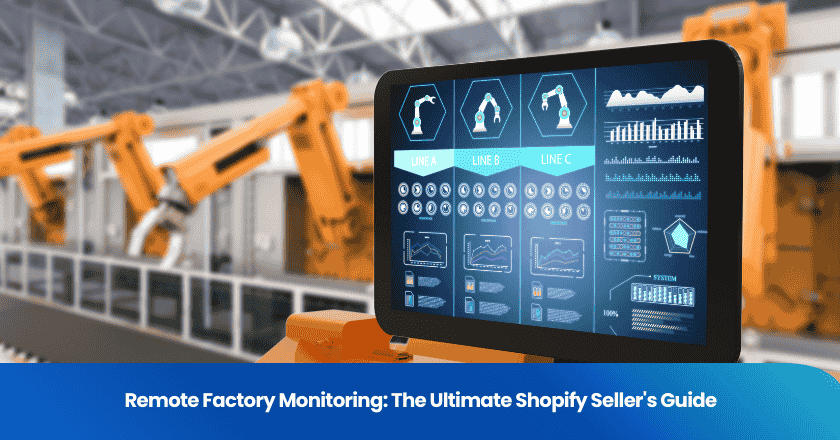
Imagine you manage a production line and need to ensure that every product meets strict quality standards. Visual inspection services help you achieve this by systematically examining items for defects, inconsistencies, or damage. These services play a critical role in quality control and maintenance, reducing the risk of faulty products reaching customers. Recent advancements in intelligent visual inspection, such as deep learning models, have led to significant improvements in accuracy and speed.
Visual Inspection Services
What They Are
You rely on visual inspection services to maintain high standards in your operations. These services involve the systematic examination of products, components, or assets to identify defects, inconsistencies, or signs of wear. The main purpose centers on ensuring quality, safety, and reliability without causing damage to the inspected items. You use visual inspection as a non-destructive method, making it ideal for routine checks and preventive maintenance.
Visual inspection services offer several core functions in industrial settings.
The table below outlines these primary roles:
| Function | Description |
|---|---|
| Quality Control | You identify surface defects such as cracks, corrosion, or misalignments. |
| Preventive Maintenance | You spot wear and tear early, allowing for timely repairs or updates to maintenance schedules. |
| Defect Filtering | You quickly filter out defective products, protecting your reputation and customer trust. |
| Inspection Methods | You can choose random sampling, full manual checks, or automated visual inspection systems. |
Visual inspection services help you avoid costly downtime and ensure that only products meeting your standards reach customers. You gain confidence in your processes and reduce the risk of unexpected failures.
Common Uses
You encounter visual inspection services across a wide range of industries. Each sector applies these services to address specific challenges and regulatory requirements. The table below highlights common industries and their typical uses:
| Industry | Purpose |
|---|---|
| Manufacturing | You inspect parts for size, shape, alignment, and color. |
| Food and Beverage | You verify label accuracy, check fill levels, and detect contamination. |
| Pharmaceuticals | You confirm pill counts and inspect syringes for particulates. |
| Energy | You monitor pipelines, solar cells, and wind turbine blades for damage. |
| Logistics | You scan barcodes, inspect pallets, and sort products automatically. |
You see visual inspection services play a vital role in pharmaceutical manufacturing. You must establish tailored programs for each facility, ensuring compliance with product and regulatory standards. You need effective training for staff and clearly defined inspection criteria to demonstrate product quality. You document every step of the inspection process, following strict guidelines. In many cases, you must inspect every container individually to identify visible contamination or defects.
Tip: You improve product safety and regulatory compliance by implementing thorough visual inspection services and maintaining detailed documentation.
Visual inspection services adapt to your needs, whether you require manual checks or advanced automated systems. You benefit from their flexibility and reliability, making them essential for quality assurance and operational efficiency.
Visual Inspection Process
Steps Involved
You follow a structured visual inspection process to ensure accuracy and consistency. Each step plays a vital role in identifying defects and maintaining quality standards. Here is a typical sequence you might use when inspecting electronic components:
1. Review Inspection Criteria
You start by familiarizing yourself with the specific criteria outlined by relevant standards, such as IPC-A-610. This step ensures you know exactly what to look for during the inspection.
2. Prepare the Workspace
You organize your workspace and keep it clean. This prevents contamination and protects sensitive components from electrostatic discharge (ESD) damage.
3. Set Up Lighting
You use adequate lighting, aiming for at least 1000 lumens per square meter. Proper lighting helps you spot even the smallest defects.
4. Utilize Magnification Tools
You employ magnifying tools to enhance your ability to see fine details, especially on printed circuit boards (PCBs).
5. Conduct the Inspection
You systematically examine each item, checking for proper alignment, surface defects, and any irregularities that could affect performance.
6. Final Review and Documentation
You log your findings and prepare a detailed report. This documentation outlines any issues you found and provides recommendations for corrective actions.
Note: Thorough documentation during the visual inspection process safeguards your operations and enhances regulatory compliance. Keeping detailed records—including location, date, time, and inspector's name—ensures accountability and helps you track inspection history.
| Evidence Description | Contribution to Traceability and Compliance |
|---|---|
| Thorough documentation safeguards operations and enhances regulatory compliance. | Ensures accountability and regulatory adherence by providing a clear record of inspection findings. |
| Detailed records include location, date, time, and inspector's name. | Facilitates tracking of inspection history and identification of patterns. |
| Digital records enhance traceability through search functionality. | Allows quick retrieval of past inspection records, streamlining monitoring of asset history. |
| Meticulous documentation maintains safety and compliance. | Ensures that all quality standards are met, enhancing compliance with industry regulations. |
You rely on this process not only for quality control but also for preventive maintenance. By following these steps, you can identify early signs of wear or damage, reducing the risk of unexpected failures.
Manual vs Automated
You have several options when choosing how to perform a visual inspection. Manual and automated approaches each offer unique advantages and challenges.
- Manual inspections depend on your expertise and attention to detail. You use your eyes and intuition to spot defects, adapting quickly to new or unusual issues. However, you may miss up to 40% of flaws due to variability in focus and fatigue. Manual inspection speed varies, and results can differ between inspectors.
- Automated visual inspection systems use cameras, sensors, and software to systematically check for defects. These systems deliver consistent results and operate at high speed, making them ideal for environments where precision is critical. Automated inspections reduce errors and improve efficiency by eliminating human variability.
- Automated visual inspection provides continuous monitoring. You benefit from comprehensive inspection data, which supports predictive maintenance. These systems detect subtle changes in product quality, helping you identify potential machine wear before failure occurs. This proactive approach leads to reduced downtime and lower maintenance costs.
- Remote visual inspection expands your capabilities further. You can inspect hard-to-reach or hazardous areas using cameras and robotic tools. This method keeps you safe while maintaining thorough oversight of your assets. Remote visual inspection also supports real-time collaboration, allowing experts to review findings from different locations.
You often combine manual, automated, and remote visual inspection methods to achieve the best results. Manual inspection allows you to catch unique or unexpected defects, while automated visual inspection ensures speed and consistency. Remote visual inspection gives you access to areas that would otherwise be inaccessible or unsafe.
Tip: You improve preventive maintenance outcomes by integrating automated and remote visual inspection into your workflow. This combination helps you detect issues early, minimize downtime, and optimize maintenance schedules.
By understanding the strengths of each approach, you can design a visual inspection process that meets your operational needs and supports long-term reliability.
Modern Visual Inspection Techniques
Manual Methods
You still find manual methods essential in many visual inspection scenarios. These techniques rely on your ability to observe, assess, and make decisions based on what you see. You use magnifying glasses, microscopes, and specialized lighting to enhance your view of products or components. Manual visual inspection techniques give you flexibility. You can quickly adapt to new defect types or unexpected issues that automated systems might miss. Human intuition allows you to spot subtle irregularities, especially in complex or low-volume production environments.
- You use manual inspection when you need to evaluate unique or custom products.
- You can adjust your approach on the fly, making it ideal for prototypes or small batches.
However, manual visual inspection techniques can be inconsistent. Your results may vary depending on your experience, focus, and fatigue. While the initial cost is lower, you may find that manual inspection is slower and less scalable for high-volume operations.
Automated Systems
You benefit from automated systems when you need speed, consistency, and comprehensive coverage. Modern visual inspection techniques use advanced cameras, sensors, and artificial intelligence to detect defects with high accuracy. You can choose from several types of cameras:
1. Area scan cameras for stationary or slow-moving objects.
2. Line scan cameras for continuous items on conveyor belts.
3. 3D vision cameras for depth perception and precise measurements.
Infrared and thermal cameras help you monitor temperature variations and identify hidden issues. CMOS sensors provide pixel-level analysis and real-time feedback, supporting high-speed capture rates.
AI-powered visual inspection techniques analyze large volumes of data, learn complex patterns, and minimize false positives. These systems process intricate visual data and identify subtle defects that you might overlook. Automated systems deliver accurate, real-time data analysis and reduce human error. You achieve 100% inspection rates, which is crucial for industries that demand precise quality control.
Tip: Companies report up to a sixfold increase in throughput and significant cost savings after adopting automated visual inspection systems.
You gain a leaner quality control process, reduce manual labor, and ensure compliance with industry standards. Modern visual inspection techniques help you maintain high product quality and operational efficiency.
Benefits and Limitations
Key Advantages
You gain several important advantages when you use visual inspection to prevent defects in your operations. Automated systems save labor costs and help you prevent defects before products reach customers. Early identification of issues minimizes rework expenses and supports significant cost savings. You also improve quality control by detecting problems that are not visible to the naked eye. These systems help you prevent defects and maintain high standards.
You use AI visual inspection systems to monitor production lines in real time. These systems provide insights into defective patterns and inefficiencies, helping you prevent defects and optimize your processes. Automated visual inspection identifies surface defects and assembly errors, ensuring product conformity. You collaborate with these systems to address alignment irregularities and improve safety. Electronics manufacturers rely on automated inspection to prevent defects in circuit boards, enhancing overall production quality.
Tip: You achieve continuous improvement and maintain high standards by using data analysis from automated systems to prevent defects and optimize throughput.
Main Limitations
You face several limitations when you rely on visual inspection to prevent defects, especially with micro-defects. High-precision equipment is costly and requires specific environmental conditions, which can lead to maintenance challenges. Existing AI algorithms lack the maturity needed for high-precision inspection, making it difficult to prevent defects in high-density products. Traditional techniques struggle to prevent defects in small components due to background noise.
| Limitation Type | Description |
|---|---|
| Hardware Limitations | High-precision equipment is costly and requires specific environmental conditions, leading to maintenance issues. |
| Maturity and Precision of Algorithms | Existing AI algorithms lack the maturity needed for high-precision inspection, particularly for small defects. |
| Difficulty in Identifying Small Defects | Traditional techniques struggle to detect tiny defects in high-density LED arrays due to background noise. |
| Training Data Issues for AI Algorithms | Lack of standardized defect samples limits the effectiveness of AI training, affecting detection accuracy. |
| Real-Time Processing Issues | Current algorithms may not process images quickly enough for large-scale production needs. |
Environmental factors also affect your ability to prevent defects. Temperature changes can alter physical properties and impact accuracy. Humidity affects materials, causing weight and shape changes. Stable electrical supply is crucial to avoid errors, and inadequate lighting can distort measurements.
You must consider these limitations when designing your visual inspection process. By understanding the challenges, you can take steps to prevent defects and maintain reliability in your operations.
Quality and Reliability in Visual Inspection
Standards and Best Practices
You ensure the highest standards in quality control by following established international guidelines. These standards help you maintain consistency and reliability in your visual inspection activities. For example, ISO 9001 serves as a foundation for quality control, guiding you to implement effective quality control processes and continuous improvement.
You improve product quality by adopting best practices in your daily operations. You conduct thorough evaluations to detect flaws, use direct observation and photometric analysis, and perform regular audits. These actions help you comply with industry regulations and foster a culture of excellence.
Tip: You strengthen your quality control processes by combining regular audits, advanced tools, and detailed documentation.
Inspector Training
You play a critical role in quality control by ensuring inspectors receive proper training. Well-trained inspectors help you achieve accurate results and reduce error rates. You tailor training programs to the needs of your team, focusing on regulatory requirements, risk awareness, and technical skills.
| Target Audience | Learning Objectives |
|---|---|
| Injectable Drug Product Manufacturing Professionals | Understand current global regulatory and compendial requirements for visual inspection |
| Quality Professionals | Understand patient risk associated with visible particles in injections |
| Validation and Manufacturing Engineers | Implement a technically sound and compliant inspection process |
| Technical Support Staff | Assess inspection performance |
You invest in ongoing education and certification to keep your team updated on the latest quality control standards. You also encourage hands-on practice and regular performance assessments. This approach ensures your inspectors remain competent and confident in their roles.
Note: You improve reliability and consistency in quality control by prioritizing inspector training and certification.
You rely on visual inspection as a vital quality control tool. This method helps you identify each defect early, maintain safety, and ensure compliance.
| Key Point | Description |
|---|---|
| Definition | Visual inspection is a critical quality control and safety assurance method. |
| Applications | Systematic examination to identify defects. |
| Benefits | Cost-effective, enhances safety, ensures compliance. |
To maximize results, integrate AI and data management, follow a structured inspection process, and document findings. Consider automation for efficiency and plan regular training for your team.
FAQ
What is the difference between in-line inspection and off-line inspection?
You use in-line inspection to check products directly on the production line. Off-line inspection happens after you remove items from the line for separate analysis. In-line inspection gives you real-time feedback, while off-line inspection allows for more detailed examination.
When should you choose in-line inspection over off-line inspection?
You choose in-line inspection when you need immediate quality control and want to catch defects as soon as they appear. Off-line inspection works best when you require thorough testing or need to analyze samples in a controlled environment.
Can you combine in-line inspection and off-line inspection in one process?
Yes, you can combine both methods. You use in-line inspection for fast, continuous monitoring. You rely on off-line inspection for deeper analysis of selected samples. This approach helps you maintain high quality and catch issues that one method alone might miss.
What are the main benefits of off-line inspection?
Off-line inspection lets you use advanced tools and techniques that may not fit on the production line. You gain flexibility to test products under different conditions. You also have more time to analyze results and document findings.
Does in-line inspection replace the need for off-line inspection?
In-line inspection improves efficiency and catches many defects early. However, you still need off-line inspection for complex tests or when you must meet strict regulatory standards. Both methods support a complete quality control strategy.
Grow your business with TradeAider Service
Click the button below to directly enter the TradeAider Service System. The simple steps from booking and payment to receiving reports are easy to operate.



